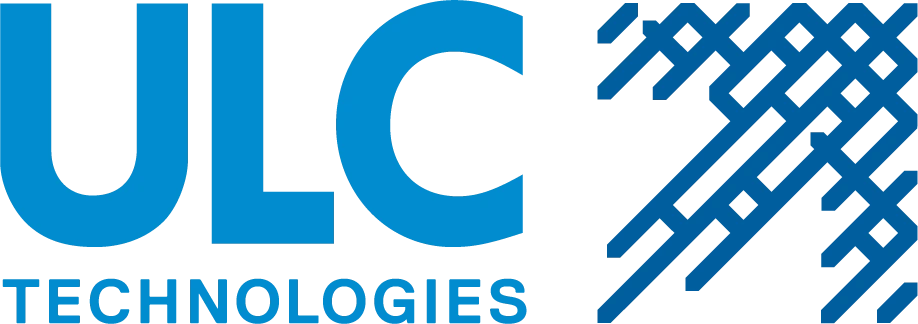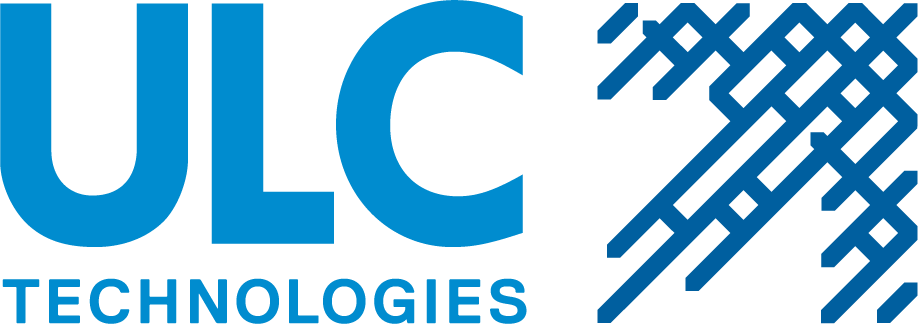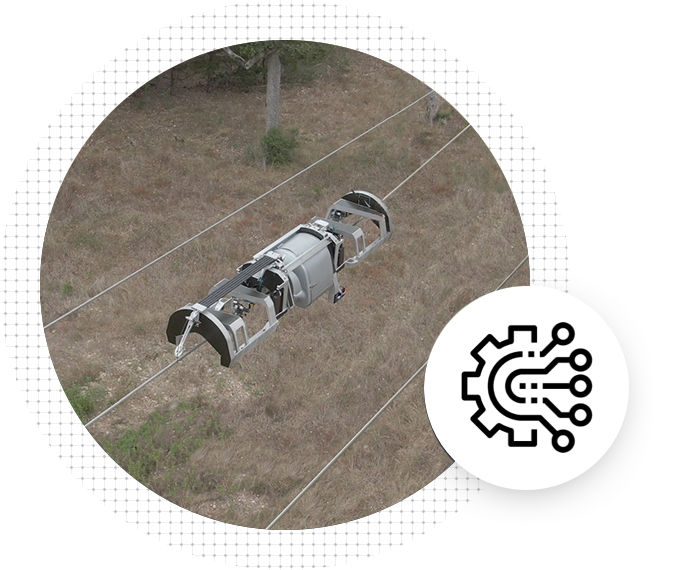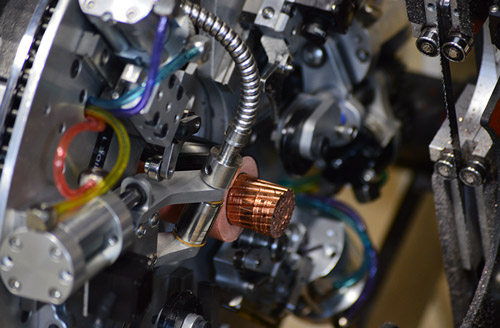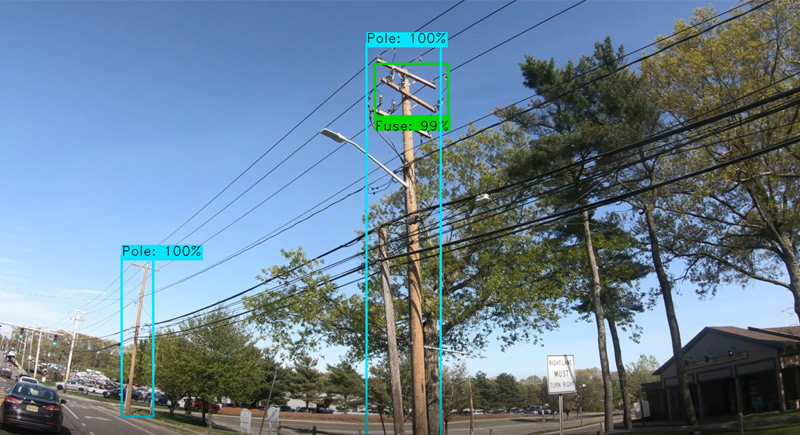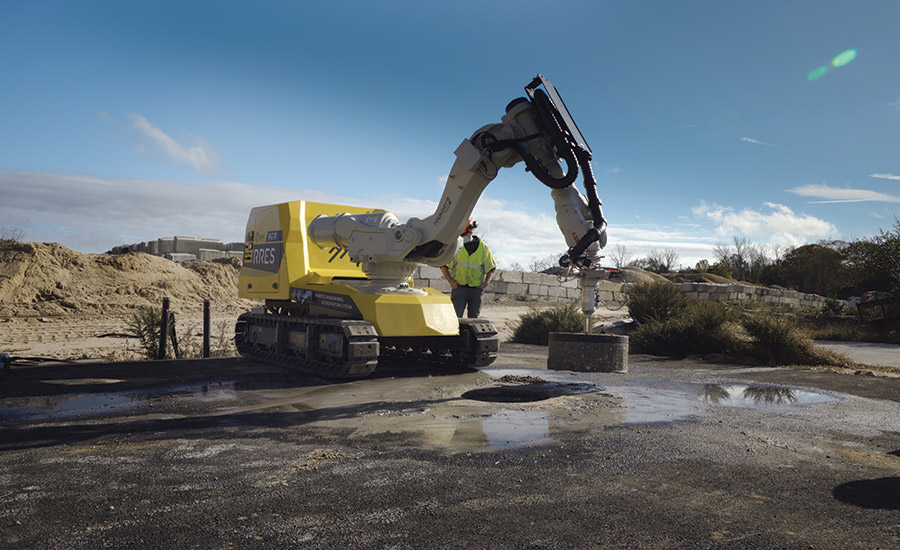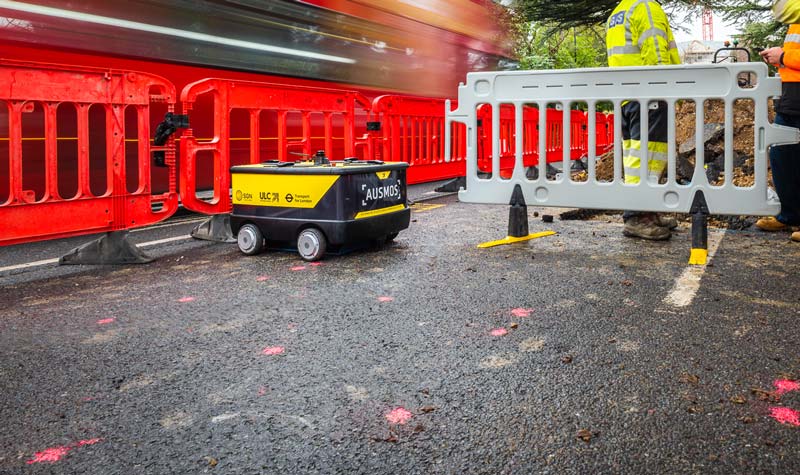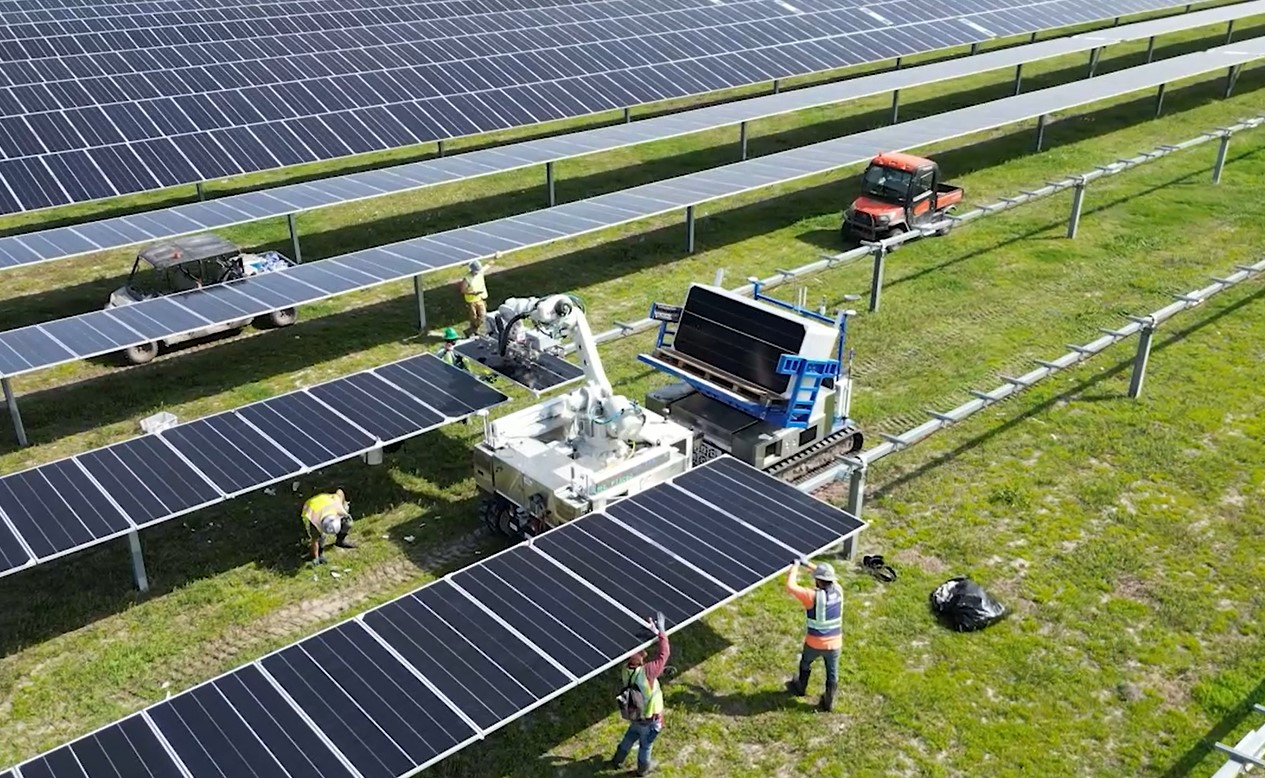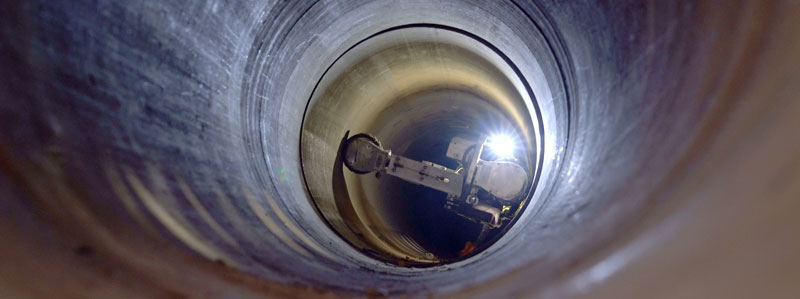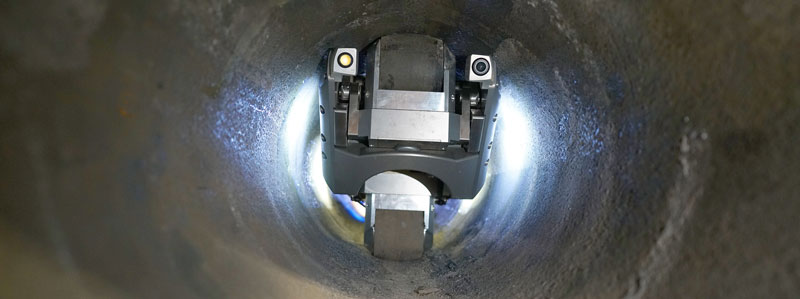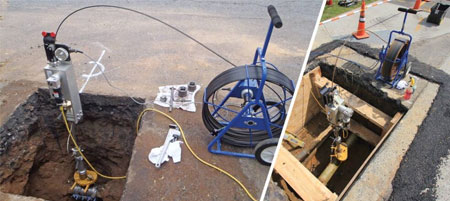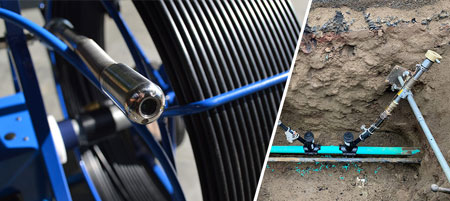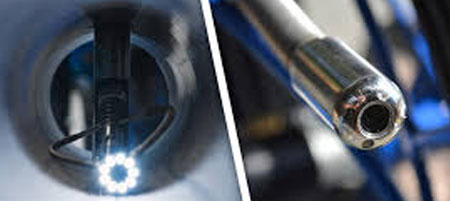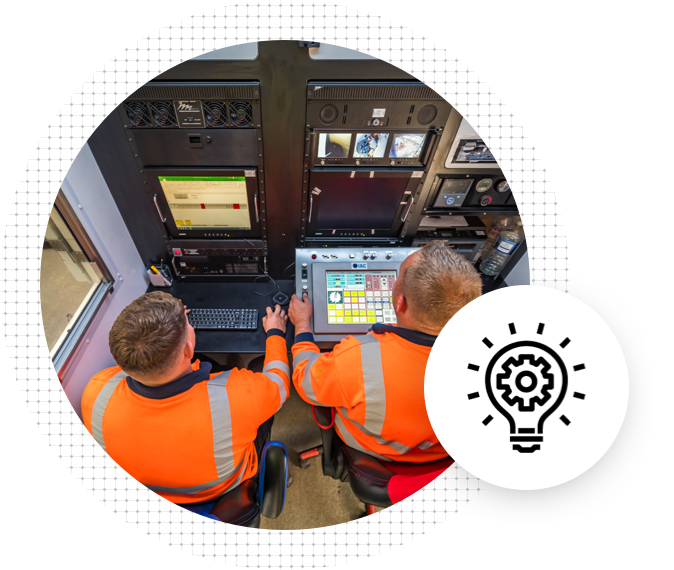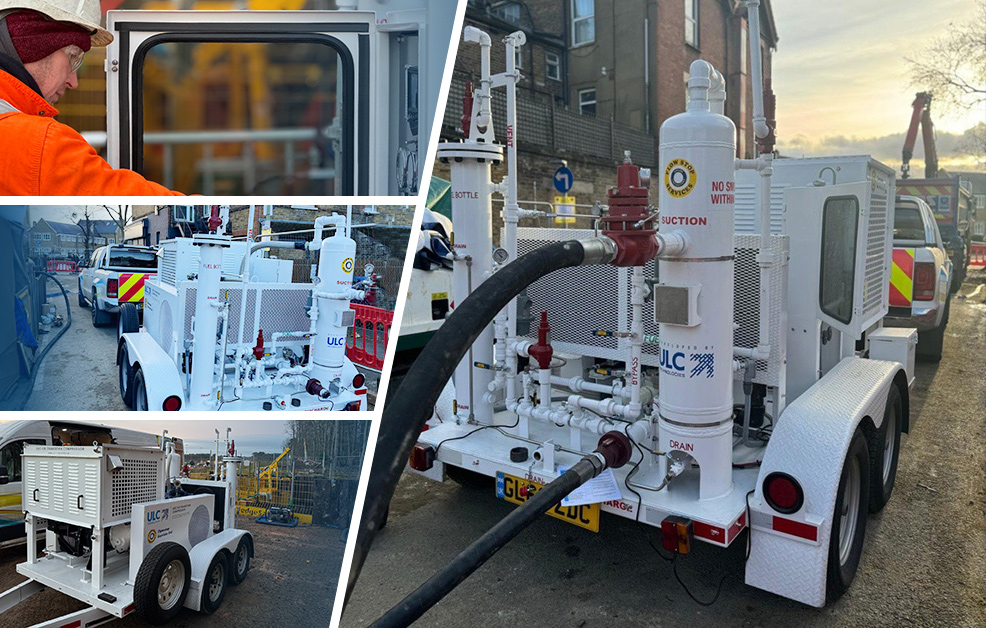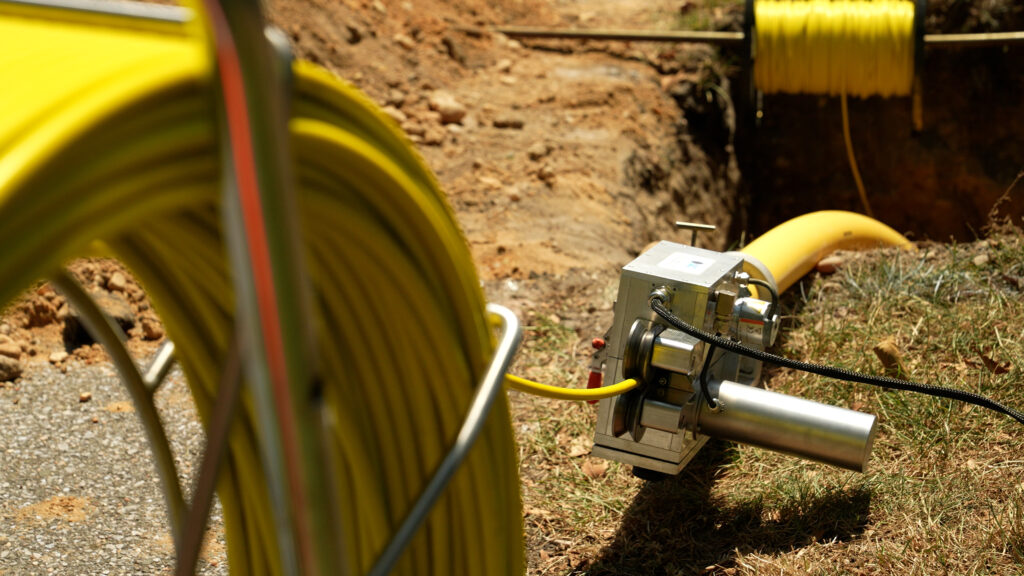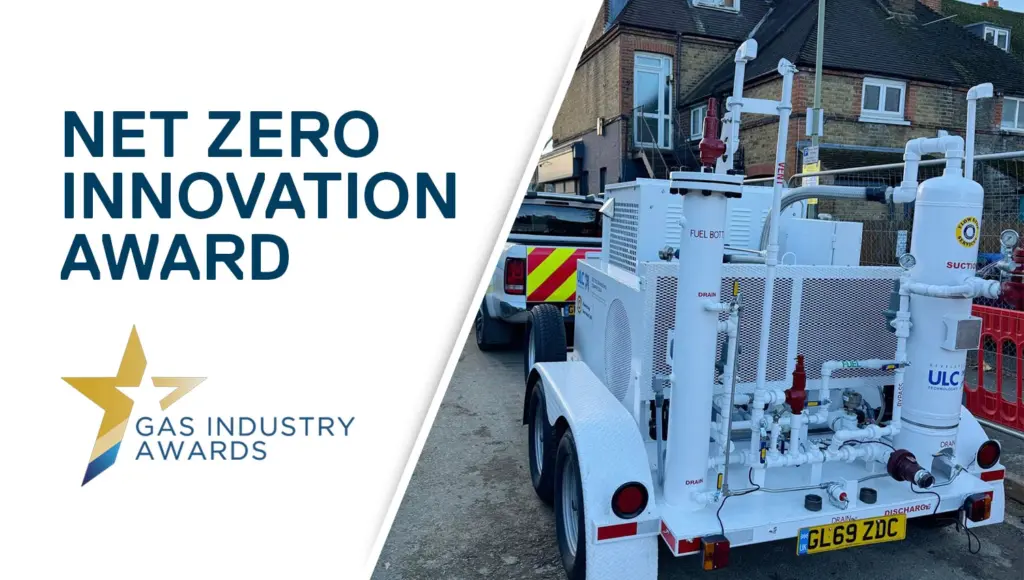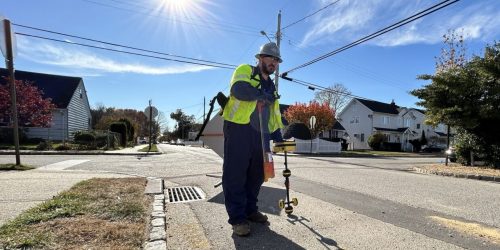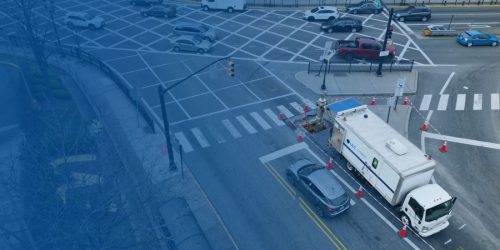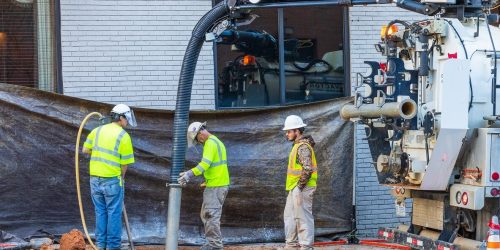Many leading utilities across the industry are investing in the decarbonization of their gas network to better support net-zero, ESG initiatives, and to make a positive impact to society and customers. Drawdown solutions—also referred to as emissions recovery systems—have become an important piece to the net zero and ESG solution for gas distribution utilities.
ULC Technologies has been delivering innovative solutions to solve a wide range of operational challenges for over a decade and the DDC-125 Drawdown Compressor is just another example of our commitment to responsible innovation.
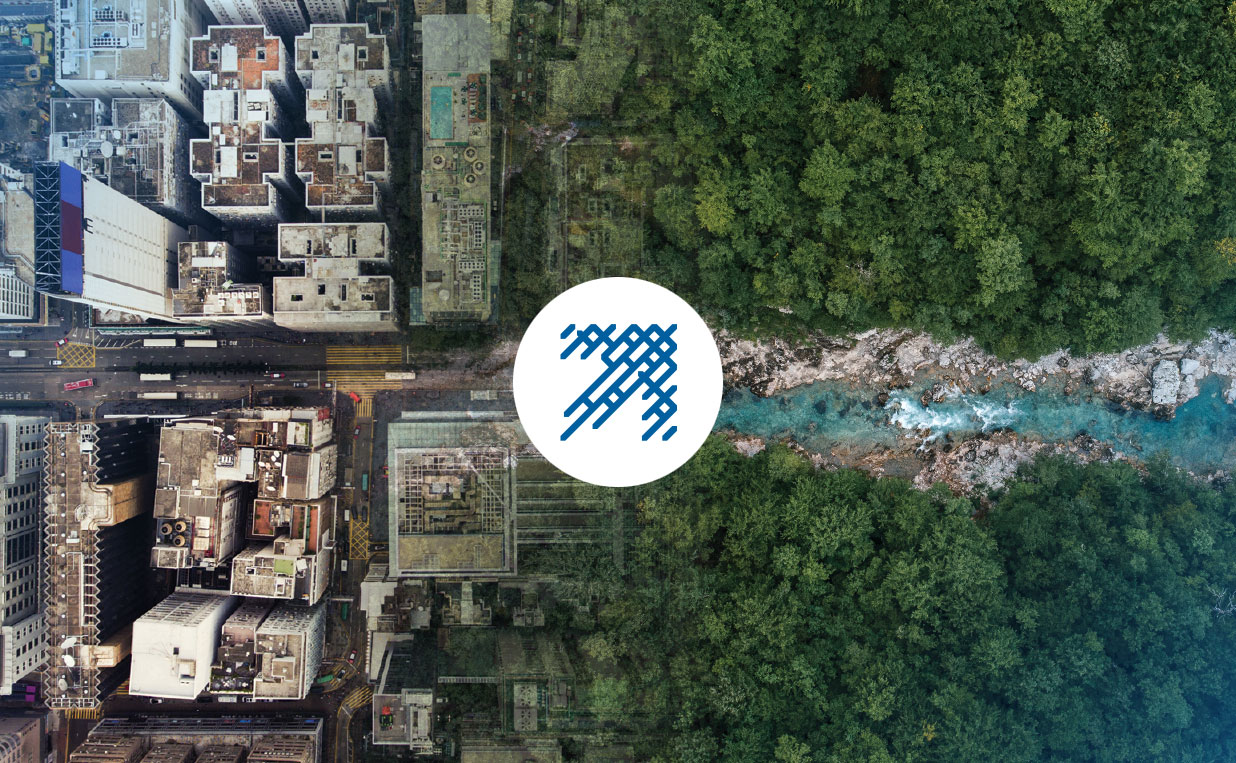
Natural gas distribution companies run into many challenges related to operation and maintenance of distribution assets. but the most notable may be reducing the impact of routine operations on the environment. Venting is a necessary step in this process, whether abandoning an old line, purging a new line into service during large scale main replacement projects or performing routine maintenance like valve replacements, tie-ins or cut-outs.
According to the UN, the energy sector contributes to around three-quarters of greenhouse gas emissions today. Our industry holds the reigns to averting the worst effects of climate change. More than 70 countries, including the biggest polluters – China, the United States, and the EU – have set a net-zero target date of 2050, while aiming to cut emissions in half by 2030. The extent and effectiveness of collaboration across our industry will be massive indication of what we are able to achieve.
“Utility industry leaders are investing in key sustainability strategies to better support net zero and ESG goals, not only making a positive impact to society and customers of today, but of future generations,” says Nathan King, Director of Marketing at ULC Technologies. “For the gas distribution industry and their business, eliminating the need to vent natural gas in the atmosphere is a critical step forward in this endeavor.”
Venting occurs in many routine gas distribution operations, maintenance and construction activities. During large scale main replacement projects where old cast iron or bare steel pipe is replaced with more modern pipelines such as PE, the abandoned line is vented for retirement releasing harmful emissions into the atmosphere. Following the retirement of the old main, newly laid distribution assets are purged into service by blowing gas through the new lines while venting a gas/air mixture to reach desired gas purity levels. Maintenance procedures like calibration, repair and replacement for smaller systems like meters and regulators require depressurization and venting prior to any work being performed. When valve replacements, tie-ins, or cutouts are needed, venting is also a necessary step. In some instances, venting may also result in odor complaints due to the potent smell of mercaptan in the natural gas supply.
The increase of available technologies and emissions reduction options will help minimize stranded assets where possible to help the energy sector. Drawdown solutions—also referred to as emissions recovery systems —capture isolated natural gas and inject it back into their active pipeline networks without the need of venting or flaring.
“Gas utilities have a range of commercial solutions available that directly support emissions recovery across a range of pipeline pressures,” says Nathan King. “Our product was designed around the needs of gas distribution utilities to work efficiently across a wide range of pressures and volumes.”
Distribution Drawdown Case Study: National Grid
After taking delivery of another ULC Technologies’ Drawdown Compressor product last month, National Grid successfully deployed the skid-mounted DDC-125 unit in Stony Brook, NY out on eastern Long Island. The key public works project called for the cross-compression of a 12,000ft, 8-inch diameter run. With a max intake pressure of 48psi, our Drawdown Compressor was used to inject the natural gas back into a low-pressure active system at ½ psi with an incomparable, industry-leading drawdown time just under 68 minutes. More than 13,000scf of natural gas was recovered during the project, which equivalates to 18.4 metric tons of CO2—the same emissions sequestered by 22 acres of U.S. forests for one year.
“ULC’s drawdown compressor is able to handle a wide range of distribution volumes and pressures very efficiently and has become a key part of our environmental strategy,” explains Erik Klein, Lead Supervisor at National Grid. “Rapid drawdown times also help lower the impact on our construction schedules.”
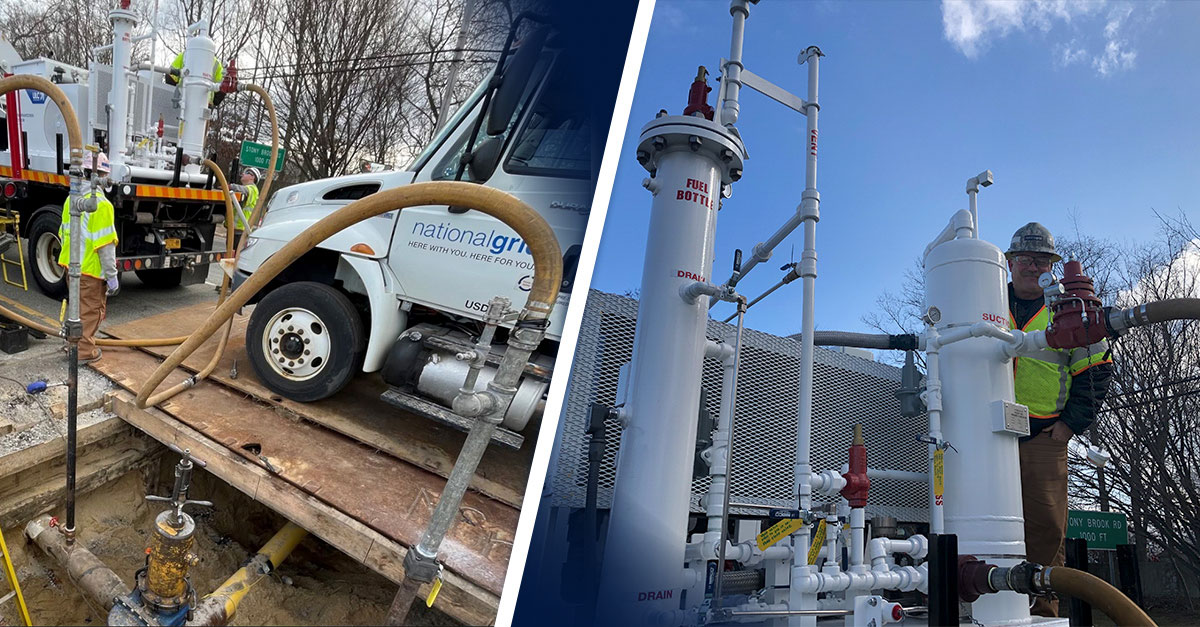
Innovating for Emissions Reduction
Since the inception of CISBOT for cast iron joint sealing inside live gas mains, ULC Technologies has been a major proprietor in responsible innovation and emissions reduction, delivering robotic platforms and advanced technology sustainably and safely. In 2019, ULC deployed the first custom-made eco control cabins for UK CISBOT operations which are equipped with solar panels used to charge the cabins generators. The eco-friendly solution further mitigates noise pollution and minimizes project emissions, creating the opportunity to start 24-hour operations to increase project efficiency.
ULC Technologies collaborates with like-minded businesses across the industry to develop and implement a suite of responsible innovations that transform operations, reduce environmental impact and minimize public disruption. We are proud to transition concepts from research and development to commercially engineered solutions that overcomes modern industry and business challenges.
It will take everybody to do their part in reaching net-zero targets, but the emergence of innovation in new technologies will play a massive part in the coming years.
